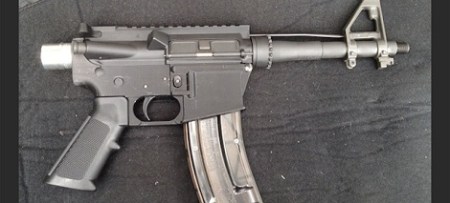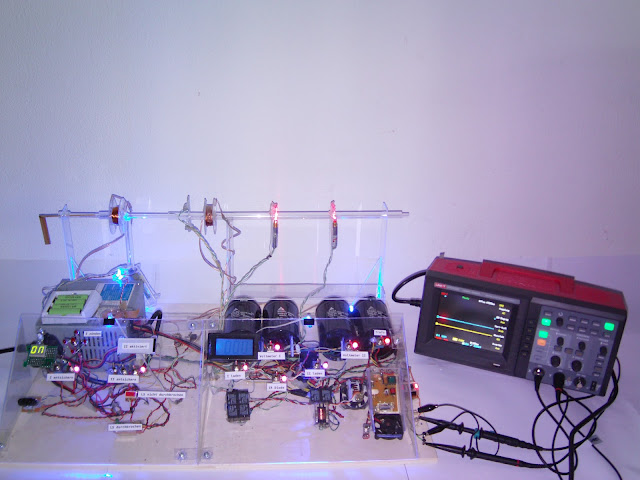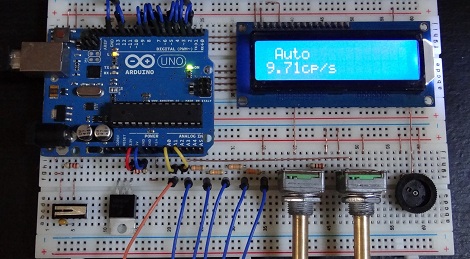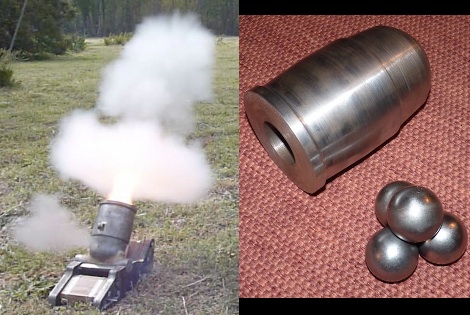
For as long as they’ve been banded about, 3D printers were regarded as the path to a new economy, a method of distributed manufacturing, and a revolution for the current consumer culture. With every revolution, a few people need to get angry and the guys at Defense Distributed are doing their part to make that happen. They’re designing a handgun able to be printed on a hobbyist-level 3D printer
This isn’t the first time we’ve seen a 3D printable weapon; this 3D printed AR-15 lower receiver is the only part of an AR-15 that contains the ID markings and serial number. Legally, the AR lower is the gun, and requires a background check to purchase (with the footnote that this varies from state to state and country to country – long story short, the BATFE probably isn’t happy about a 3D printed AR lower). The one drawback of a 3D printed AR-15 lower is that every other part of the gun must be purchased elsewhere. This is where Defense Distributed comes in: they propose designing a gun that is 100% printable on a hobbist-level 3D printer such as a RepRap or Makerbot.
Right now, Defense Distributed is looking for funding to produce two gun designs. The first design, WikiWep A will serve as a research build, allowing Defense Distributed to answer a few questions on what can be built with a RepRap. WikiWep B will have moving parts for the firing action and very nearly all the parts will be printable on a RepRap or Makerbot.
In the video Defense Distributed put up for their now cancelled IndieGoGo campaign (available after the break), the guys talk about the distribution of a CAD file of completely 3D printable weapon being a threshold of a new economy where laws and regulations cease to apply. We’re not sure we agree with that statement; after all, anyone with some metal forming tools can build an excellent weapon to acquire another weapon, but we’re interested in seeing what governments and regulators will make of Defense Distributed’s project.
Continue reading “3D Printed Guns, Laws And Regulations, And Philosophical Discussions On The Nature Of Printed Objects” →

















